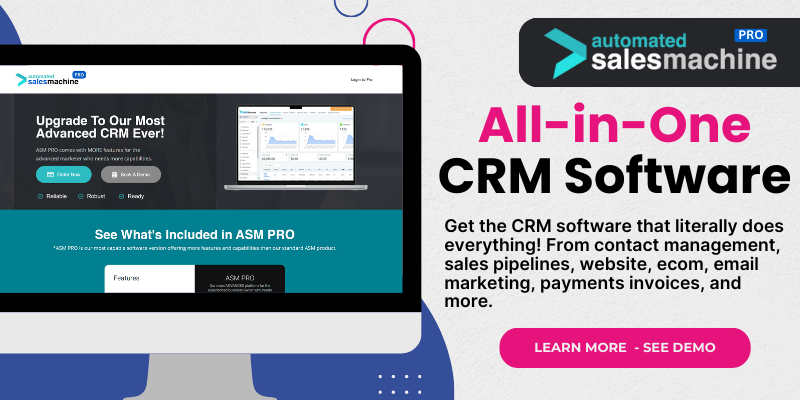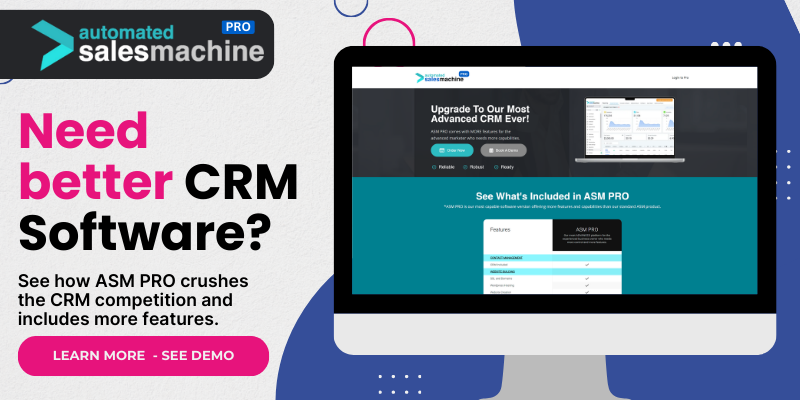Define Your Business Needs
Understand Your Current Processes
Before diving headfirst into comparing different CRM options, I found it incredibly helpful to take a step back and assess my current processes. What’s working, what’s not? Checking in on how my team currently interacts with clients and processes data is essential for picking the right tool. Often, we’re so focused on the shiny features that we forget to look at our existing workflows.
Gather feedback from your team about their likes and dislikes when it comes to your current system, if you have one. This insight is golden, as those who actually interact with the software day-to-day have a unique perspective. Are there bottlenecks? Steps that feel redundant? Understanding these pain points can direct you to a CRM that tackles these specific issues.
Once you have a clear picture of your needs, you’ll find that evaluating different options becomes much easier. You’re not just looking at extra features—you’re aligning choices with your organizational goals. Knowing your needs inside and out sets a solid foundation for the next steps!
Evaluate Key Features
Core Functionalities
Next up, I’d dig deep into the core functionalities that each CRM offers. Features like contact management, task automation, and reporting and analytics are typically table stakes. However, I’ll look for any standout attributes that might make one solution more appealing than others. It’s like shopping for a car—sure, you need the engine to work, but what about the heated seats?
Don’t just skim the surface! I like to create a list—simple but very effective. I jot down essential features I really need and those that I imagine could benefit my team. Having that list helps in making apples-to-apples comparisons when I start evaluating the options. Plus, you’ll want to think about how easy (or hard) it is to use these features.
Lastly, check if the CRM allows for scalable features. What’s gonna work for me today might not be enough a few months down the road. A great CRM should grow with your business rather than become a burden. This flexibility can be a game-changer.
Consider Integration Capabilities
Seamless Workflow Connections
Now, this is where I usually see folks get stuck—talking about integrations can seem super intimidating, but don’t sweat it! Take a look at how well a CRM integrates with the tools you already use. Whether it’s email marketing software, project management tools, or other systems, I’ve found that cohesive integration can save a ton of time and headaches down the line.
For me, easy integration meant fewer workflows to juggle, and that’s always a win! Look for CRM solutions that offer integration with popular applications via APIs or other direct connections. This ensures all your data flows smoothly without manual entries or switches between applications.
Lastly, I always recommend checking for third-party integrations. A CRM offering a diverse range of plugins means I can tailor it to my specific needs, connecting what I need without clouding up the interface with features I’ll never use.
Assess Pricing Plans
Understanding the Cost Structure
Ah, the million-dollar question—literally when it comes to some CRM systems! Pricing structures can vary wildly from one CRM to another. My advice is to not just look at the surface cost but to dive deeper into what you’re actually getting. Many platforms offer tiered pricing, but make sure to understand what’s included at each level.
When I evaluate pricing, I always factor in potential additional costs, like implementation, training, or even ongoing support. There’s nothing worse than signing up for a “cheap” service only to realize you’ll spend more on hidden fees. Those can really add up over time!
And hey, don’t forget to consider what your return on investment could be! A slightly pricier solution that addresses all your business needs can actually save you money in the long run and boost productivity, which is worth a closer look.
Trial and User Feedback
Make Use of Free Trials
Last but not least, always take advantage of free trials! Most CRMs offer some form of trial period, and from my personal experience, this is one of the best ways to see how a system fits into your operation. It’s like test-driving a car—you want to feel how it runs before you commit.
During this trial, I focus on critical features, user-friendliness, and customer support. Does the interface feel intuitive? Can I get help quickly if something goes wrong? These are the things I pay close attention to. It helps me visualize my team’s day-to-day with the software.
And while I’m trialing the software, I always check online reviews and user testimonials. They provide a reality check that can highlight the pros and cons you might have missed during your evaluation. After all, if other users rave about the support or complain about bugs, it’s probably worth noting!
FAQs
1. What are the most important features to consider in a CRM?
Core functionalities like contact management, task automation, and reporting are vital. It’s also essential to consider user-friendliness and integration capabilities with other tools.
2. How can I determine the right pricing for my business?
Assess your actual needs and how many users will access the CRM. Don’t forget to factor in hidden costs for implementation and support!
3. Why should I try out a CRM before committing?
A free trial lets you test the interface and features in real-life scenarios, helping you gauge whether it fits your business needs.
4. How do integrations impact CRM effectiveness?
Integrations allow seamless data flow between different software, enhancing productivity and reducing redundant data entry. They are critical for maintaining a cohesive workflow.
5. How can feedback from my team influence my CRM choice?
Team feedback provides insights into what is truly needed and what frustrations currently exist with your processes, guiding you toward a solution that meets their needs.

